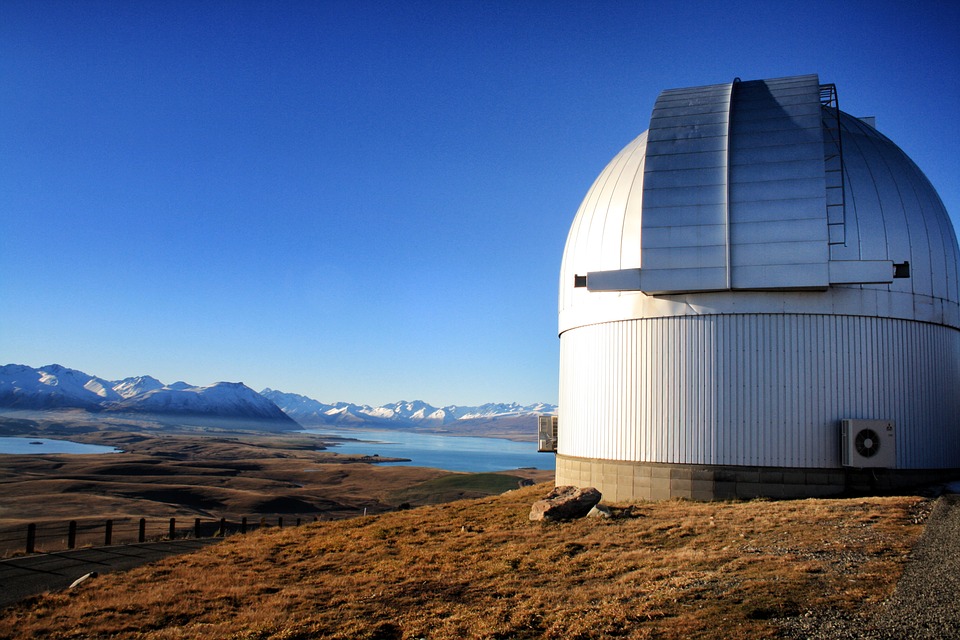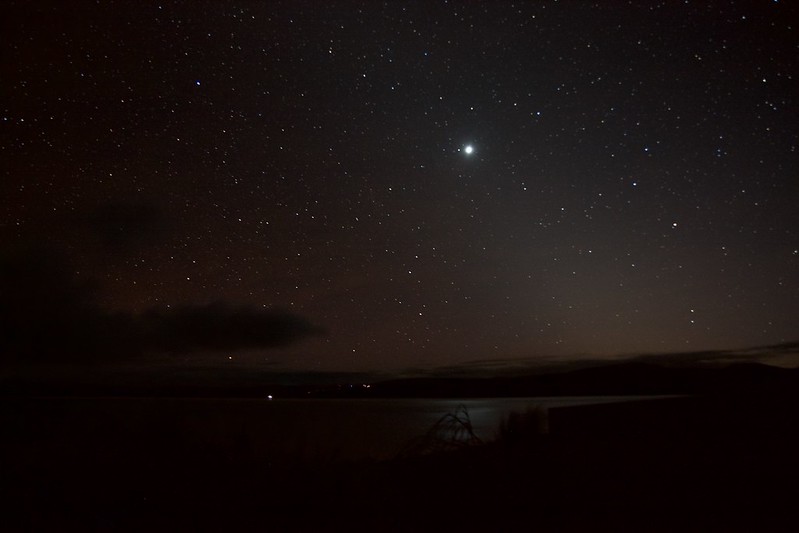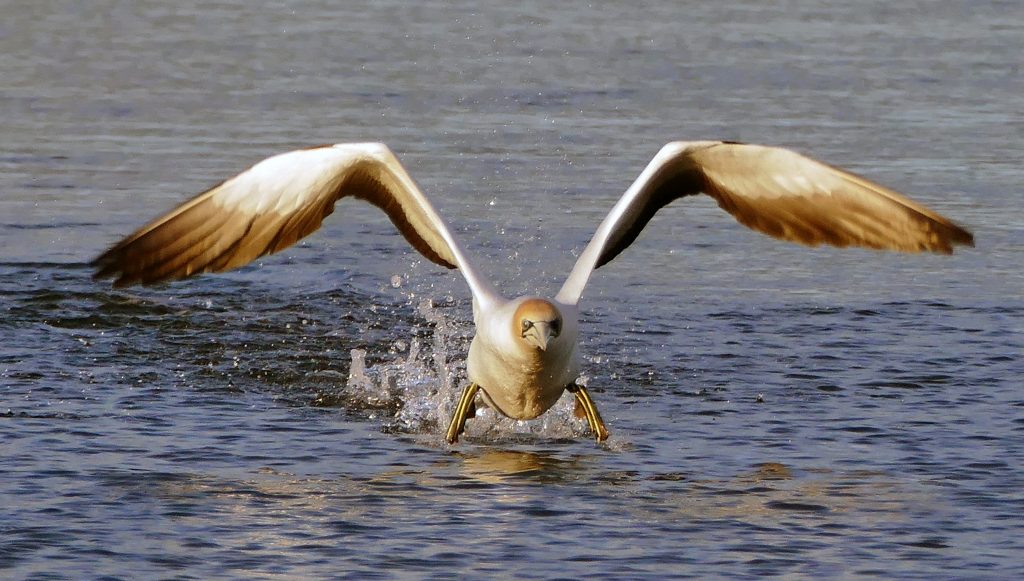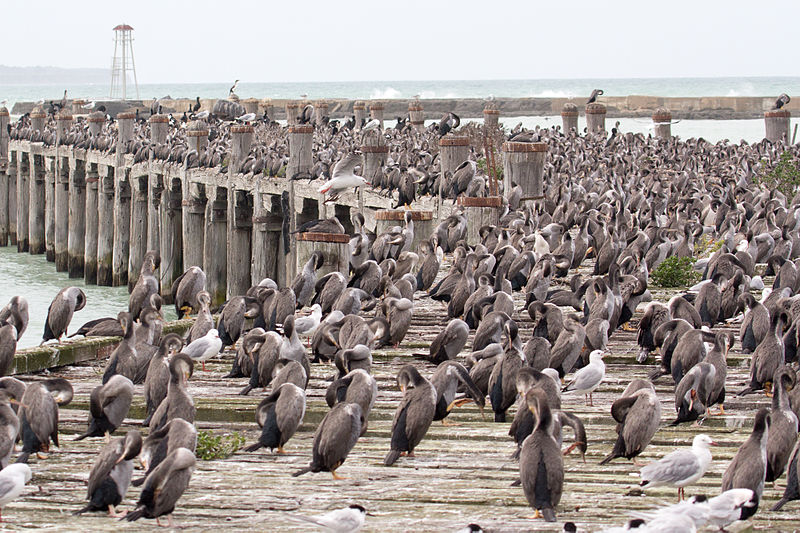New Zealand is a great country that provides hundreds of amusing events all year long. One of the reasons why New Zealanders enjoy their country so much is various food and wine festivals. Thanks to the local climate, it allows you to grow various veggies and prepare all sorts of food. The peak of the summer festival season is in February and March, which is when you can get a free campervan for your gourmet road trip and visit the following festivals.
Marlborough Food and Wine Festival
One of New Zealand’s food festivals with the longest tradition, the Marlborough Food and Wine Festival in Marlborough is held on February 8 (Saturday) this year. Organized at the splendid Brancott Heritage Estate, with a renowned NZ winery, this festival is famous for its wine selection. Wines from almost 50 vineyards add a touch of exclusiveness to this event. Since New Zealand is a melting pot of cultures, there are all sorts of food, from fresh fish to Maori specialties, and traditional European meals.
Bear in mind that the Marlborough region is set in the South Island. You’ll need to take a ferry from Picton or Wellington, on the North Island, to get there. The car drive and ferry journey together last a bit longer than 4 hours.
Hokitika Wildfoods Festival
The Hokitika Wildfoods Festival is a bit different from the previously presented event. The main difference is that the food array at this festival largely consists of traditional meals. You can try kebabs from some specific animals, like possums, or crocodile meat. This is only a sneak peek into the menu. There are many other options on the table but it’s not for everyone.
Hokitika is situated some 350 km away from the Marlborough region, i.e. around four and a half hours by car. If interested in this event, think about renting a free transfer car for this trip. This year, the festival is held on March 7 (Saturday).
North Canterbury Wine and Food Festival
Held in the eastern part of the South Island, the North Canterbury Wine and Food Festival is a smaller but exclusive summer event. It usually displays a large number of specialities from local and international menus. You can taste anything from local veggies, on the barbecue, to spiced Chinese noodles, and chilly German sausages. Also, there are dozens of wines from local wineries, like the region-grown chardonnay.
This festival provides various fun activities for kids, as well, so you can bring your entire family here. It’s held on March 8 (Sunday).
Havelock Mussel and Seafood Festival
One of the favourite summer food festivals in New Zealand, the Havelock Mussel and Seafood Festival is organized in the little town of Havelock. Situated in the northmost part of the South Island, both the town and festival attract the most renowned seafood producers from the entire country. Equally important for the seafood industry, chefs, and visitors, it’s a unique place where everybody makes profits.
This year, it will be held on March 14 (Saturday). If possible, bring your family here a few days earlier and stay in one of the local accommodations to explore the beautiful Marlborough Sounds.
New Zealand is a country of magnificent differences, especially in food specialities. From traditional local meals to different European and Asian cuisines, everybody can find something for their taste buds at NZ food festivals. The climate provides great conditions for wine production, as well. Are you ready to treat your taste buds?





